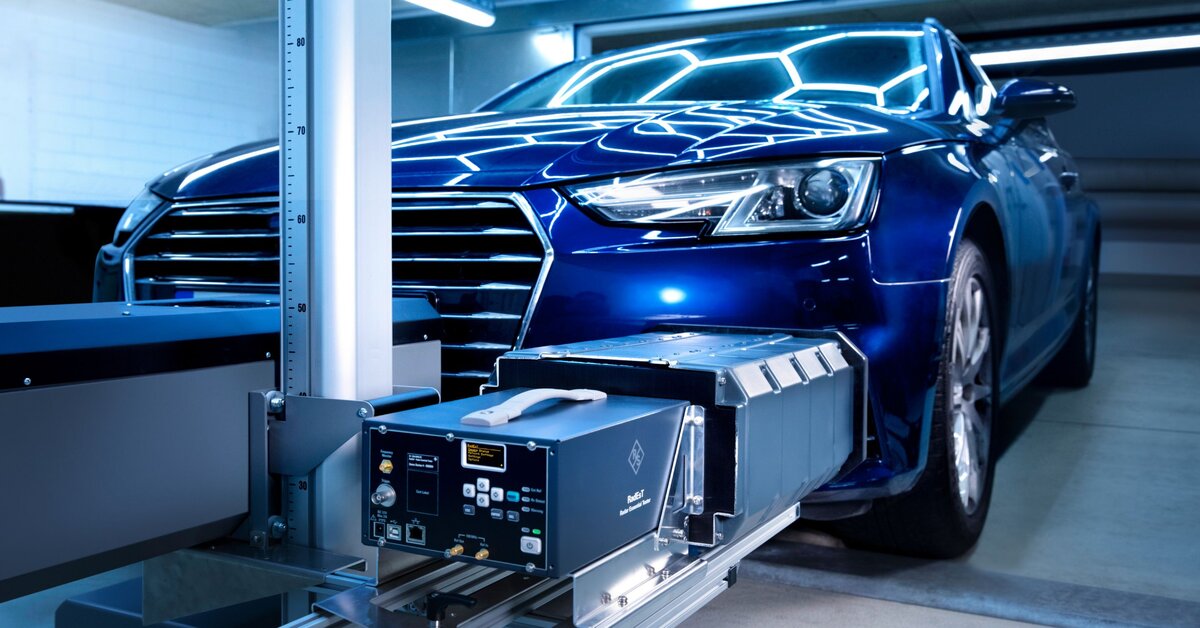Rohde & Schwarz has introduced its latest innovation in radar testing technology, the Radar Essential Tester (RadEsT), designed to support advanced driver-assistance systems (ADAS) and autonomous driving development. This cutting-edge radar target simulator is engineered to meet a wide range of testing needs, making it an essential tool for automotive manufacturers and radar module developers alike.
The RadEsT simulator addresses a broad spectrum of use cases, from initial system checks and debugging to advanced software verification and functional testing. It is specifically optimized for radar module reference designs, making it ideal for end-of-line testing by original equipment manufacturers (OEMs). The system offers enhanced capabilities for radar alignment and calibration, ensuring precision throughout production, while also performing comprehensive functional checks.
The key functionality of the R&S RadEsT lies in its ability to capture radar sensor signals, modify them, and return the data as simulated radar targets. This dynamic target simulation is crucial for testing autonomous driving functions such as adaptive cruise control (ACC) and automatic emergency braking (AEB). By simulating moving targets, RadEsT enables faster and more accurate testing, ensuring that these critical safety features perform reliably in real-world conditions. The system also offers the flexibility to dynamically configure simulated targets, allowing the adjustment of parameters such as distance, velocity/Doppler shifts, and attenuation/radar cross-section (RCS).
One of the standout features of the RadEsT is its capability to simulate radar targets from any angular direction. This is made possible by its 12 receive and 12 transmit patch antennas, which are capable of handling multiple polarizations. This multi-directional capability is particularly important for testing complex radar systems used in autonomous vehicles, which require accurate detection of objects from various angles. Additionally, the built-in detection system adapts to varying radar sensor polarizations, enhancing the versatility of the simulator.
The R&S RadEsT doesn’t just stop at target simulation. It also integrates powerful analysis functionalities that enable the measurement of key radar sensor quality indicators. For instance, it can assess the equivalent isotopically radiated power (EIRP) and occupied bandwidth, two critical metrics that determine radar sensor performance. Despite its advanced capabilities, the RadEsT remains compact and lightweight, making it easy to set up and integrate into existing test environments. For added convenience, an optional battery-powered version is available, offering increased portability.
In addition to its portability and versatility, the RadEsT ensures consistent and reliable performance through its self-check capability. This feature continuously monitors the simulator’s performance metrics and alerts users if any deviations are detected, ensuring high levels of operational integrity. The device is also designed to minimize reflections and multipath effects, which can interfere with test results. Its small patch antennas, combined with an absorber-covered surface, help maintain a clean radio-frequency (RF) front-end with a very low radar cross-section (RCS).
Rohde & Schwarz has also introduced optional compact shielding systems for the RadEsT to further enhance the testing environment. These systems, the R&S RadEsT-Z50 pyramidal and the R&S RadEsT-Z55 straight, are designed to create an interference-free RF environment. They can be used across various testing environments, from lab-based settings to vehicle-level testing, ensuring better accuracy by minimizing unwanted reflections and providing more reliable results.

